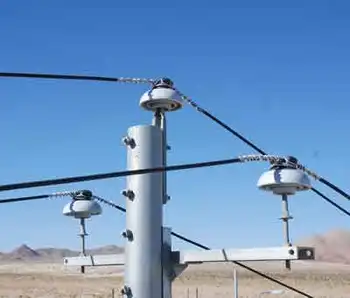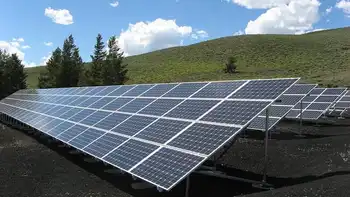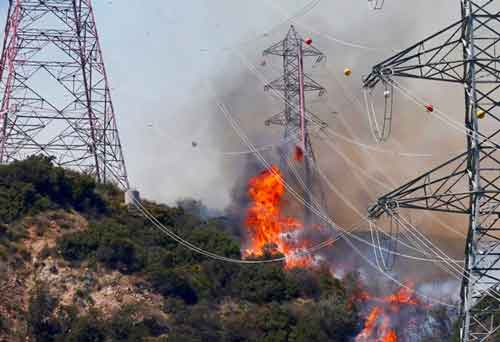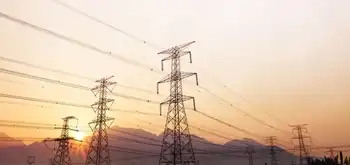Energy North Closes Share Offering
CALGARY -- - Energy North Inc. announced that it has closed a private placement of 6,226,000 flow-through common shares for gross proceeds of $1,556,500. Salman Partners Inc. and Dominick & Dominick Securities Inc. acted as the agents for this private placement, priced at $0.25 per flow-through common share.=
Proceeds of the private placement will be used to fund exploration and development expenditures in 2002 and 2003. Energy North will renounce Canadian Exploration Expenses (CEE) equal to the subscription amount for the flow-through common shares in 2002.
Energy North is concentrating its exploration and exploitation efforts in three natural gas and light oil areas in Alberta in which it has had considerable success adding high netback, low operating cost production and long-life reserves. The company expects to spend approximately $9 million in 2003 and plans to drill 35 wells.
Energy North Inc. is a growth-oriented oil and gas exploration and development company focused on the Western Canadian Sedimentary Basin where it is engaged in the production and exploration of natural gas and oil reserves. The company owns significant working interest in several central and eastern Alberta producing properties and is involved in multiple exploratory properties in southwestern and west central parts of the province.
Related News
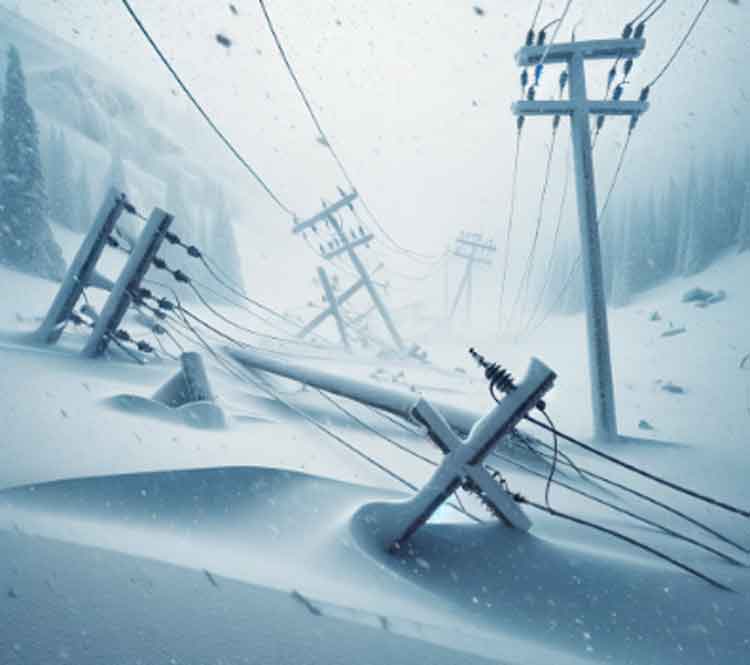
Freezing Rain Causes Widespread Power Outages in Quebec
MONTREAL - Quebec Ice Storm 2025 disrupted power across Laurentians and Lanaudiere as freezing rain downed lines; Hydro-Qu�E9bec crews accelerated grid restoration, emergency response, and infrastructure resilience amid ongoing outages and severe weather alerts.
Key Points
Quebec Ice Storm 2025 brought freezing rain, outages, and grid damage, hitting Laurentians and Lanaudiere hardest.
✅ Peak: 62,000 Hydro-Qu�E9bec customers without electricity
✅ Most outages in Laurentians and Lanaudiere regions
✅ Crews repairing lines; restoration updates ongoing
A significant weather event struck Quebec in late March 2025, as a powerful ice storm caused widespread power outages across the…

